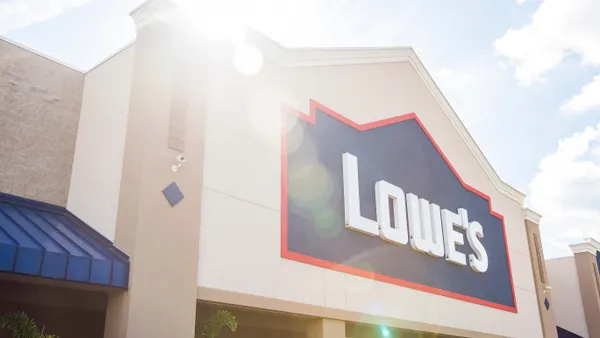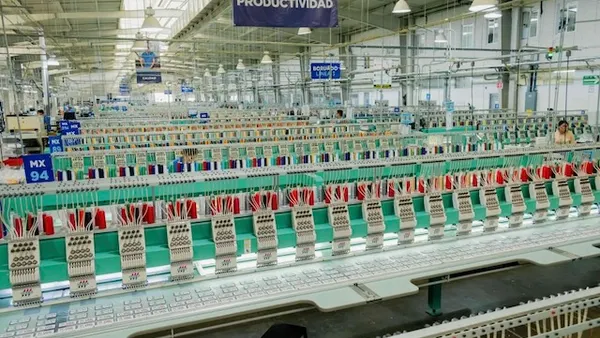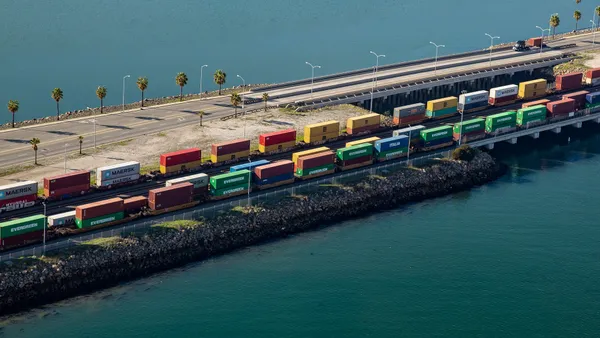Dive Brief:
- India's cold chain sector is expected to double in five years, with meat and seafood exports driving the growth, FnBnews.com reported.
- Overall, however, the global cold chain is expanding very slowly in developing markets. India and China are making headway, but other emerging markets still lag behind.
- One in 9 people in the word today — more than 815 million — are malnourished, according to the United Nations. The USDA Emerging Markets Program is using its expertise to help reduce billions of dollars in global food waste while increasing U.S exports.
Dive Insight:
One chronic reason for food shortages is food waste, which is caused by the lack of efficient cold chains. In developing countries, for example, food may rot before it leaves the field, because the transportation infrastructure is lacking.
Moving food to a production facility requires a refrigerated vehicle, and then the production facility needs to maintain it at a proper temperature or it will spoil. Frozen goods can melt and refreeze, leading to bacterial hazards.
The expanding middle class in China and India, along with their demands for better, fresher foods (and pharmaceuticals), are forcing industry to meet those needs.
According to the Global Cold Chain Alliance (GCAA), an industry group representing temperature-controlled logistics companies, China has seen its refrigerated warehouse capacity grow 41% between 2014 and 2016 to 107 million cubic meters. And in India, cold chain is expected to grow over the next five years with a compound annual growth rate (CAGR) of 13-15%.
Still, India’s Central Institute of Post-Harvest Engineering and Technology (CIPHET) points to 15-16% wastage of fruits and vegetables, primarily because cold storage units are near consumption centers rather than the farms.
To match that growth and lessen the amount of wasted produce, India needs to invest in cold chain facilities close to the farms while building a cold chain grid across the country. That means more temperature-controlled vehicles to get the food to the warehouses, many of which already are cold-storage efficient.
The U.S. Department of Agriculture’s (USDA) Emerging Markets Program is doing its part to bring cold chain technology and expertise to emerging nations. The program, while intended to promote U.S. agricultural products to emerging markets, provides funding for technical assistance. It makes sense not only for the benefit of U.S. agricultural exports, but as a humanitarian initiative.
There is no fixed list of emerging market countries, but the USDA defines an emerging market as any country that "is taking steps toward a market-oriented economy through the food, agriculture or rural business sectors of the economy of the country” and "has the potential to provide a viable and significant market for United States commodities or products of United States agricultural commodities."
The program, which began in 1988, already has worked with Brazil, Bulgaria, China, India, Jordan, Malaysia, Mexico, Morocco, the Philippines, South Africa, Thailand and Vietnam, among others.













